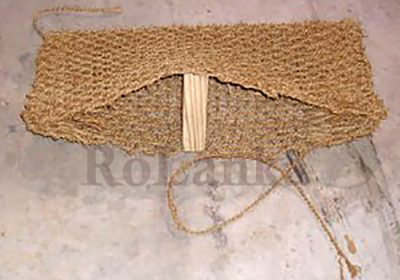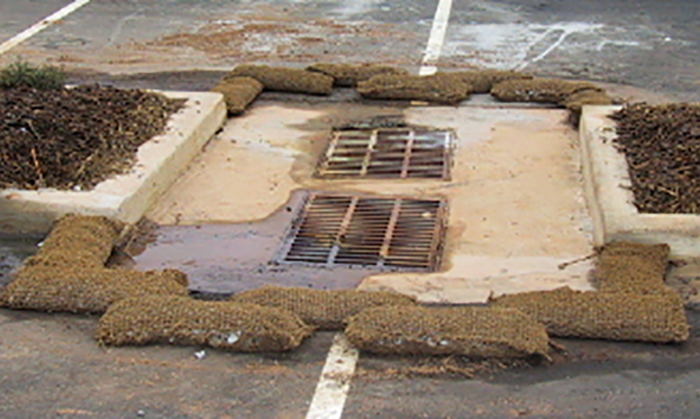
Sediment control is crucial in maintaining water quality and protecting landscapes from erosion. One of the most effective materials for managing sediment is coir fiber, derived from natural coconut husk.
Coir fiber products offer sustainable solutions for sediment management, improving water quality, and protecting land from degradation. Let’s learn more in this guide.
Why Coir Fiber for Sediment Control?
Coir fiber is renowned for its strength, durability, and eco-friendliness, making it a reliable material for sediment control applications. Coir fiber is biodegradable and can last for several years, allowing it to provide long-term protection while naturally degrading over time. This makes it a superior choice to synthetic alternatives, which can harm the environment.
Coir products such as soil sediment control products and BioD-Watl coir sediment control wattles are designed to filter runoff, reduce erosion, and trap sediments, preventing them from reaching nearby waterways. This makes coir fiber an excellent choice for projects focused on both sediment control and environmental conservation.

Step-by-Step Guide to Using Coir Fiber for Sediment Control
Identify the Areas of Concern
Before you begin, identify the areas where sediment is likely to cause problems, such as slopes, construction sites, or areas near bodies of water. These locations are prone to erosion and sediment runoff, and implementing proper sediment control measures is essential to minimize environmental impact.
Choose the Right Coir Fiber Products
Depending on the specific needs of your project, you can choose from a range of coir fiber products. For example, BioD-SiltTrap is an excellent choice for filtering water in small to medium-sized drainage areas, while BioD-RockBag is designed to trap sediment and stabilize banks or ditches. For larger areas, BioD-Watl coir sediment control wattles can help reduce water velocity and trap sediments effectively.

Install Coir Sediment Control Wattles
Coir wattles are tubular devices made from coir fiber that act as barriers, slowing down water runoff and capturing sediment. To install them:
- Place the wattles along the contour of the slope or at the base of construction areas.
- Dig a small trench (about 4-6 inches deep) to securely seat the wattles.
- Lay the wattle into the trench and stake it down using wooden or metal stakes every 4 feet.
- Ensure that the wattles are tightly secured to prevent water from flowing underneath them.
You can also use BioD-SiltTrap for Water Filtering If you need to filter sediment from stormwater runoff, BioD-SiltTrap is an excellent solution. Regularly monitor and maintain the soil erosion control products to ensure their continued effectiveness.
Benefits of Coir Fiber Sediment Control Products
Coir fiber offers several benefits when used for sediment control:
- Eco-Friendly: Coir is a natural, biodegradable material that won’t leave behind harmful residues.
- Durability: Coir products are long-lasting and effective over extended periods.
- Versatility: Coir fiber products can be used in a variety of settings, including construction sites, streambanks, and wetlands.
- Sustainability: By using coir, you’re supporting sustainable, environmentally conscious practices in landscape management.
Visit RoLanka International Inc. today and discover our comprehensive selection of coir fiber products designed to meet your sediment control needs.
